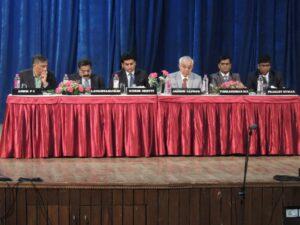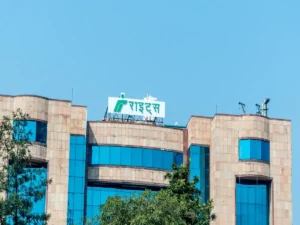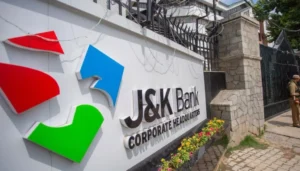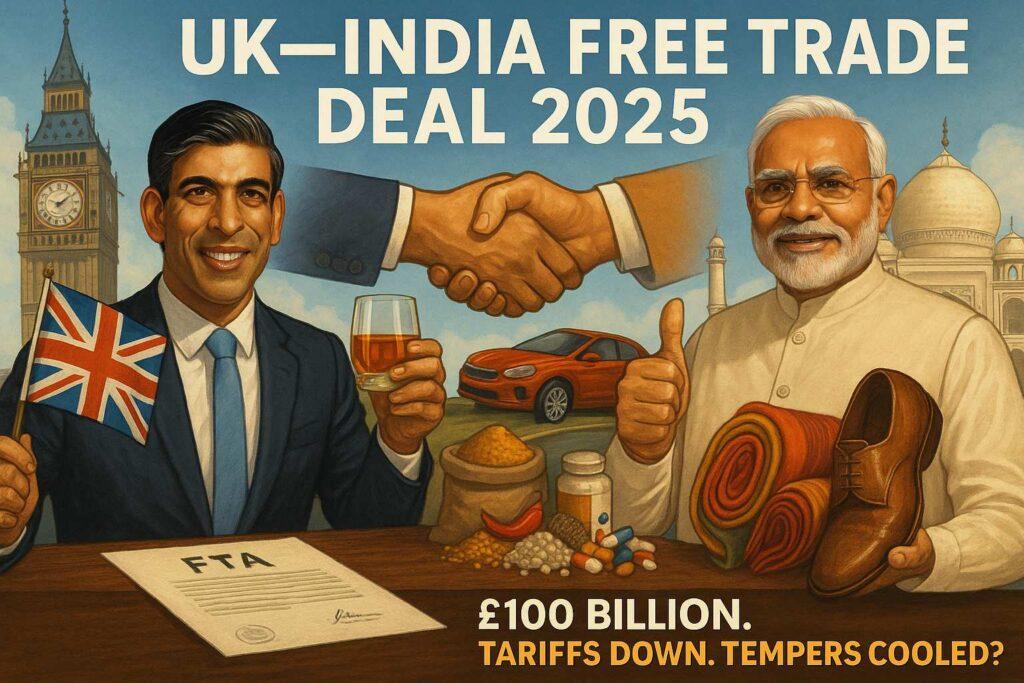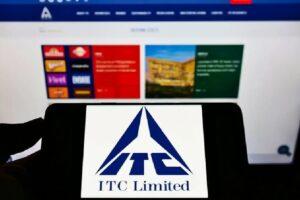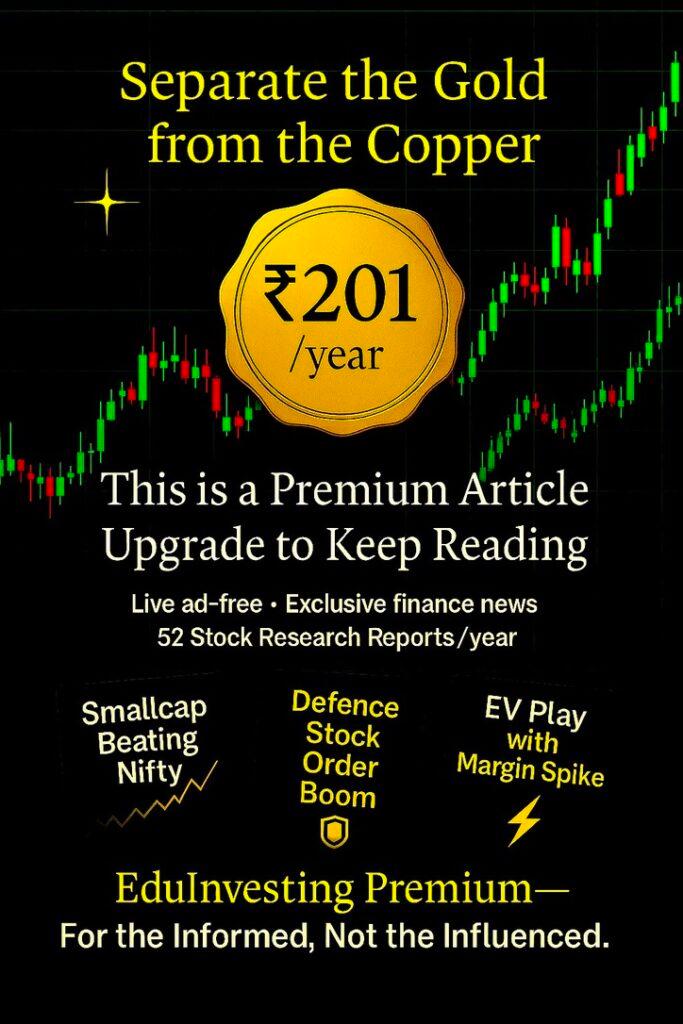At a Glance
After 3.5 years, 14 formal rounds, two prime ministers, and 17 diplomatic headaches, the UK–India Free Trade Agreement has finally been signed. Think of it as the Brexit rebound relationship—only this time, both parties brought spreadsheets instead of flowers. Expected to boost annual trade by £25–34 billion, this deal cuts tariffs, boosts jobs, and hopefully makes your Scotch and smartphone imports cheaper.
1. Introduction: When Colonial History Meets Export Strategy
Imagine your ex-boss asking to partner on a new business. That’s basically what this deal is.
Britain, still trying to figure out life post-Brexit like someone left off the guest list to a party they used to host, finally managed to woo India—a trade juggernaut and the UK’s former colony—with promises of reduced tariffs, freer movement, and yes, cheaper gin.
And India? Well, it just scored duty-free access to 99% of UK’s marketable goodies, from basmati rice to generic drugs. Namaste, tariffs.
Let’s unpack what went down.
2. What’s in the Deal? (TL;DR: Everything Except the Kohinoor)
a. Tariff Reductions
- UK goods entering India now face just 3% average tariffs, down from 15%+
- India slashed duties on premium UK exports:
- Scotch whisky: 150% → 75% immediately, 40% in 10 years
- Luxury cars: 100% → 10% (but under quota)
- UK allows duty-free access on 99% of Indian exports, including:
- Textiles, Leather, Footwear
- Pharmaceuticals (including generics)
- Agri products like spices, tea, coffee
- Jewellery and gems
b. Services & Visas
- Indian professionals in 35+ sectors get easier visa access for UK contracts
- Mutual recognition of professional qualifications (e.g., accountants, lawyers)
- Social Security pact signed to avoid double dipping in pension contributions
c. Investment & Procurement
- UK firms gain access to Indian government contracts (and vice versa)
- Bilateral Investment Treaty (BIT) still in negotiation—but signs are positive
- Startups, clean energy, fintech, and aerospace highlighted as priority sectors
3. Who Wins Big?
🧵 India’s MSMEs (Textiles & Leather)
Indian exporters save 8–12% in UK duties. More jobs in Ludhiana, Kanpur, Tiruppur? Likely.
🧪 Pharma & Chemicals
Generic drugs = now duty-free. Chemical exports expected to double to $1 billion by 2030.
👞 Footwear
Shoes made in Agra might just stroll into Selfridges without tariff blisters.
🚗 Auto & EVs
- Indian EVs enter the UK market with reduced paperwork
- UK carmakers get a limited but lucrative foothold in Indian metros
🥃 UK Scotch & Luxury Goods
Diageo execs probably popped champagne after this. Wait—wrong drink.
4. What About the Losers?
UK Agriculture:
British farmers fear competition from Indian rice, sugar, and spices.
Indian High-End Auto Segment:
Land Rover may be happy, but Indian luxury car dealers are about to face stiffer competition from Audi, BMW, and friends.
Regulatory Headaches:
No clear consensus on Carbon Border Adjustment Mechanism (CBAM)—a fancy way of taxing dirty imports.
5. How Big Is the Pie?
| Metric | Value |
|---|---|
| Annual trade increase | £25–34 billion |
| UK GDP boost | £4.8 billion/year |
| New UK jobs created | ~2,200 |
| Investments enabled | £6 billion+ |
| UK cars quota to India | 30,000 units/year |
| Scotch whisky tax by 2035 | 40% (down from 150%) |
| Indian textile export growth | 20–25% expected |
6. Timeline: Like Waiting for the Next Season of Sherlock
- Jan 2022 – Formal talks begin
- Apr 2022 – Boris Johnson visits India in a kurta
- 2023–24 – Negotiations stall over visas and whisky
- May 2025 – “Agreement in Principle” announced
- 24 July 2025 – Deal finally signed at Chequers
Still pending: Parliament approvals and ratifications.
7. Why Did This Take So Long?
Because… politics.
- India wanted better visa access for its services sector
- UK was hesitant on labor-intensive sectors (cheap clothes = votes lost in Yorkshire)
- Whisky tariffs were more controversial than budget cuts
- Human rights concerns (e.g., Jagtar Singh Johal case) kept haunting UK politicians
- Climate levies (CBAM) gave India cold feet
8. Political Optics: Power Moves or PR Stunts?
For India:
- Modi gets bragging rights before general elections
- Sends a message to EU and US: “You’re next”
For UK:
- Keir Starmer’s first major foreign policy win
- Finally, a post-Brexit deal that’s not Australia or a Pacific fishing village
9. What’s Next?
- Ratification by Indian Parliament & UK House of Commons
- Publication of full treaty text
- Implementation roadmap: quotas, phase-outs, rulebooks
- BIT and environmental clauses to be negotiated separately
10. Final Thoughts: Big Picture
The UK–India FTA isn’t just a trade pact. It’s a symbolic reset in global geopolitics.
- For India: it’s entry into “rich boys club” via trade, not colonial guilt
- For UK: a rare economic win in a sea of Brexit chaos
- For the world: A rare moment where democracy, diplomacy, and cheap whisky align
TL;DR Summary:
- Signed: 24 July 2025
- Key Gains: Tariff-free access, visa relaxations, big export boosts
- What Gets Cheaper: Whisky, cars, clothes, drugs
- Trade Impact: £25–34 billion growth
- What’s Pending: Parliament approvals
- Who Wins: MSMEs, pharma, textile, booze companies
- Who Sighs: UK farmers, Indian luxury car lobby
Written by EduInvesting Team | 24 July 2025
Tags: UK India FTA, Free Trade Agreement, EduInvesting Premium, Modi Starmer Trade Deal
